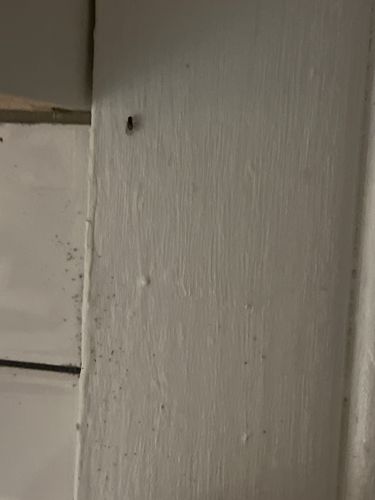Fruit Fly
Scientific Name: Drosophila melanogaster (common species)
Order & Family: Diptera (Order), Drosophilidae (Family)
Size: 2-4 mm (adult)

Natural Habitat
Found globally, especially in kitchens, pantries, and anywhere fermenting fruits, vegetables, or sugary substances are present. Also found near decaying organic matter.
Diet & Feeding
Adults feed on fermenting fruits, vegetables, and other organic matter. Larvae feed on the yeast and bacteria found in these decaying substances.
Behavior Patterns
Fruit flies are attracted to ripe, overripe, and fermenting produce. They lay their eggs on the surface of these items. Their life cycle is very short, often completing in about a week under ideal conditions, leading to rapid population growth. They are often seen flying in small, erratic patterns, particularly around food sources.
Risks & Benefits
Potential risks include being a nuisance pest in homes and commercial settings, and they can potentially transfer bacteria and other microorganisms from decomposing food to fresh produce, though their role in disease transmission to humans is generally considered minor. They are extensively used in scientific research, particularly in genetics and developmental biology, making them beneficial organisms for scientific advancement.
Identified on: 11/2/2025